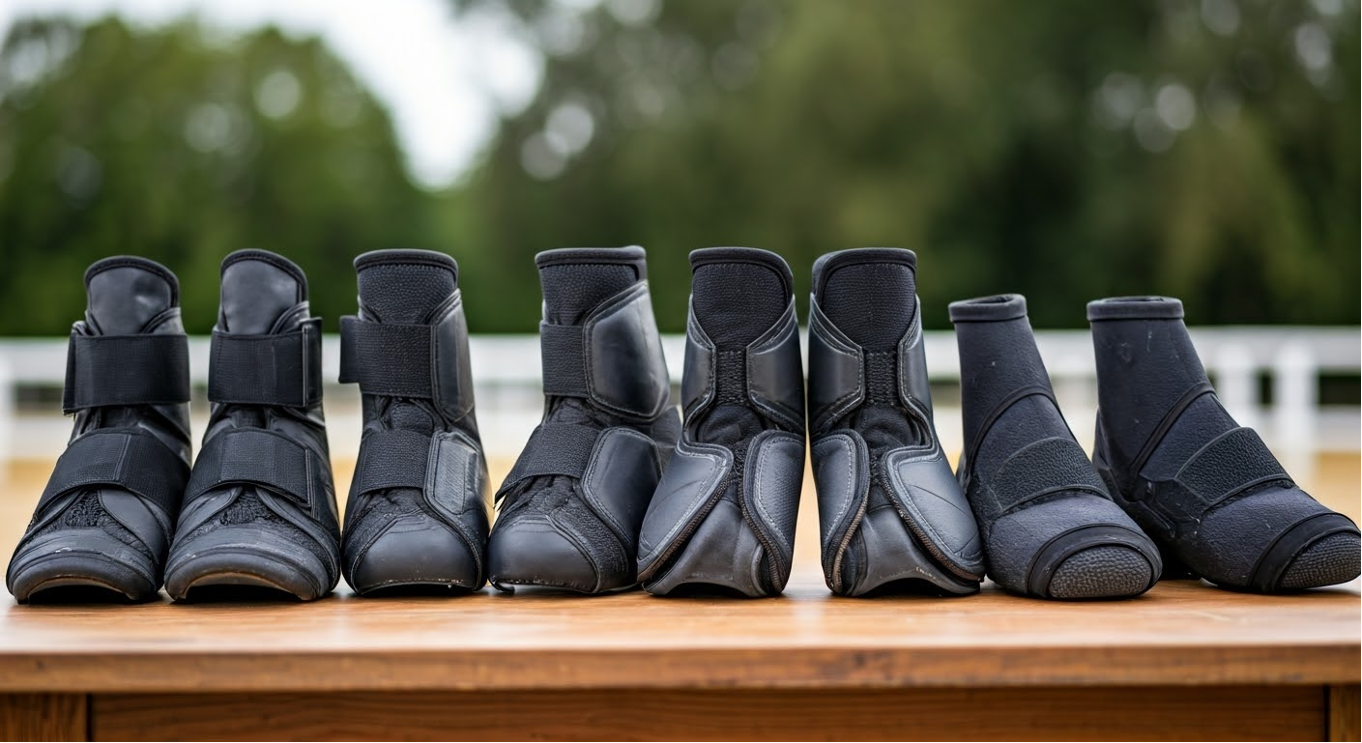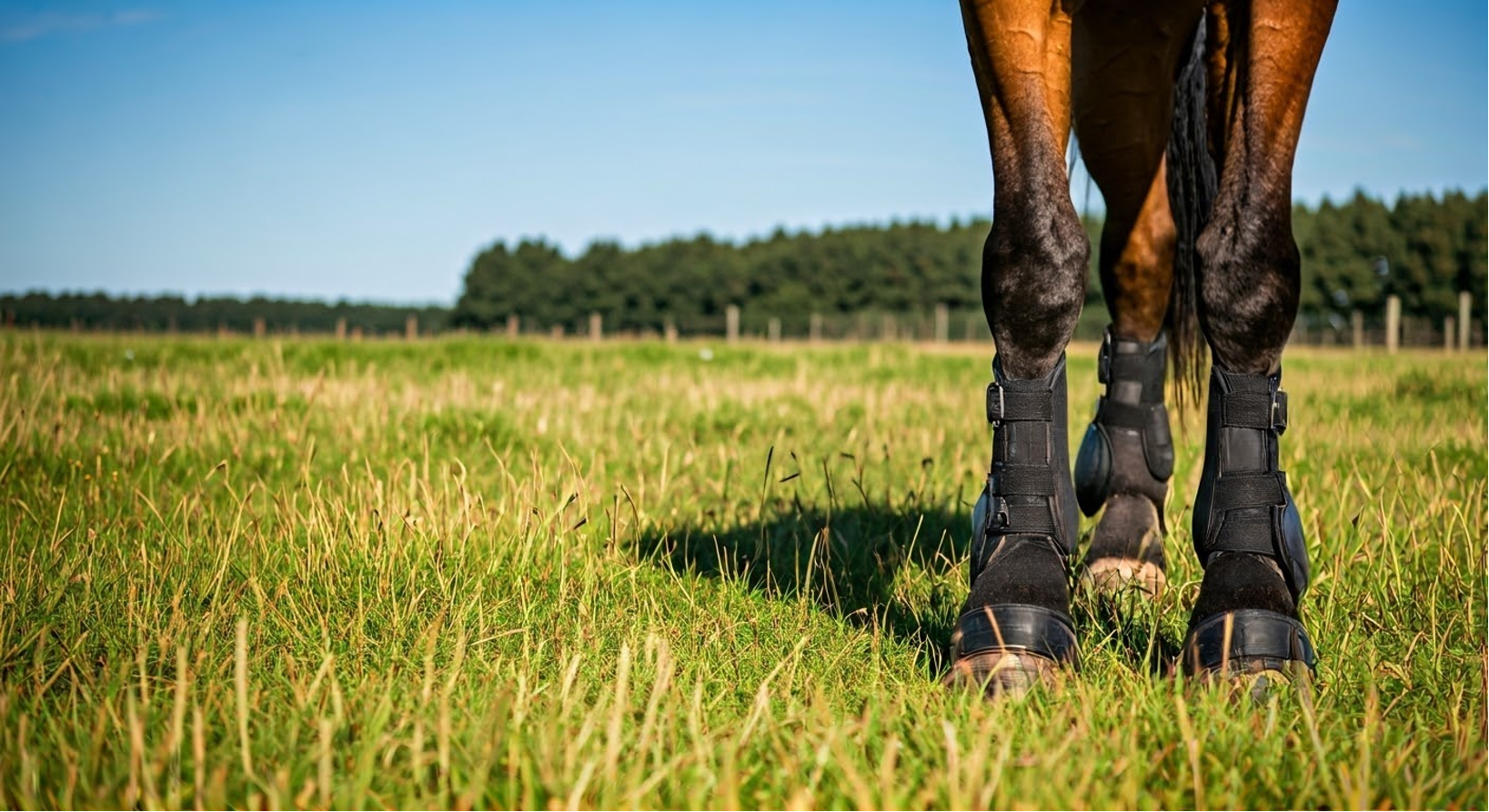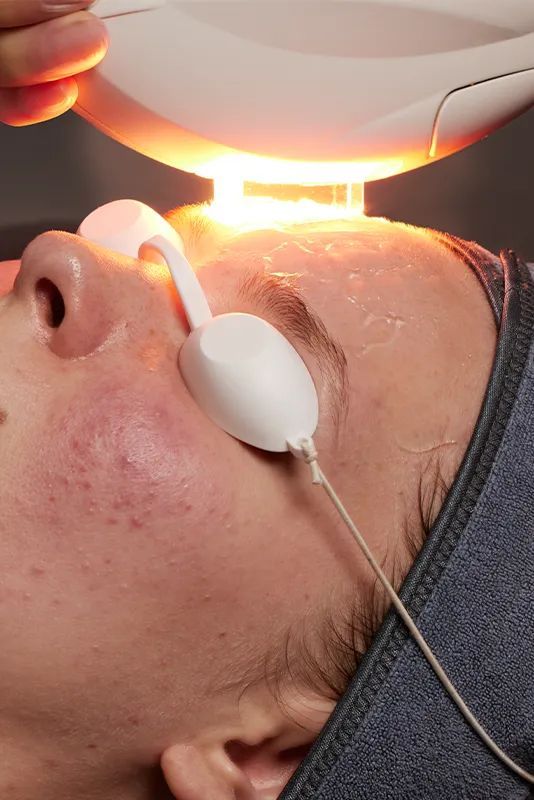
Key Highlights
- Injury Prevention: Horse travel boots are crucial for protecting your equine companion’s legs from scrapes, impacts, and potential injuries during transport or races.
- Material Matters: Opt for durable materials like nylon or polyester with a soft fleece lining for comfort and breathability.
- Fit is Paramount: Ensure a secure and comfortable fit for your horse’s legs, as ill-fitting boots can lead to rubbing, chafing, and even more severe injuries.
- Breathability and Ventilation: Choose boots with breathable materials and ventilation features to prevent overheating and moisture buildup.
- Design Elements: Consider boots with reinforced areas, strike pads, and secure closure systems for added protection and peace of mind.
Introduction
When you are racing, keeping your horse safe is very important. Horse travel boots are key for preventing injuries. These boots offer protection while traveling and can also be beneficial for turnout, helping make the difference between winning a race or getting hurt. This guide explains what you should think about when picking the right travel boots for your horse. It helps you make a good choice to ensure their safety and performance.
Identifying the Top Horse Travel Boots for Preventing Injuries in Races

Protecting your prized racehorse from injuries is very important. Choosing the right travel boots is a key part of keeping them healthy. With so many choices available, it can be hard to find the best travel boots for your horse.
Don’t worry! We will help you understand what to think about when picking the best horse travel boots to prevent injuries during races. By knowing these important factors, you can make sure your horse has the best protection. This will help them perform better and keep their legs safe.
1. Analyzing Durability and Material Quality
Durability and material quality are very important when picking horse travel boots to prevent injuries. These boots serve as a protective barrier against possible dangers. They should be made from strong materials that can handle traveling and racing demands.
Look for boots made from high-quality materials with strength and durability. Nylon and polyester are good options because they are strong and resistant to tears and wear. These materials provide great protection from scratches and impacts, making sure the boots endure the tough conditions of travel.
Additionally, check the stitching and how the Amigo Ripstop travel boots are built. Strong stitching in high-stress areas like straps and closures improves the overall strength of the boots. This helps stop early damage and lengthens their usage time. Spending on travel boots made from top materials will keep your horse safe for a long time, giving you peace of mind that their legs are protected well.
2. Understanding Fit and Comfort for Different Horse Breeds
A comfortable fit is very important just like durability when picking travel boots. If boots do not fit well, they can rub against the skin. This can cause pain, and sores, and may even lead to serious injuries. So, it is essential to choose boots that match your horse’s size and breed.
Each horse breed has different leg shapes and sizes. That’s why you should check your horse’s leg measurements when selecting boots. Many brands offer sizing charts based on leg length and size. This helps you find the right fit. The boots should fit snugly but not too tight. They should allow your horse to move freely without cutting off blood circulation.
Look closely at how the boots close. Make sure they provide a safe and adjustable fit. Straps that can be adjusted with strong closures like Velcro or buckles will help keep the boots steady. This way, they won’t slip or twist during travel.
3. Examining Shock Absorption Capabilities
The best horse travel boots do more than just protect from outside hits. They are great at absorbing shocks, which helps reduce strain on your horse’s joints and tendons while traveling. This is very important for racehorses. They face a lot of force when they train and compete.
One area that needs extra care is the fetlock joint. So, it’s best to choose boots that have enough padding there. Look for boots made with shock-absorbing materials, like EVA foam or neoprene. These materials help to spread out the impact, which lowers the chance of injury to the fragile bones, tendons, and ligaments in the lower leg.
Boots that have strike pads in the right spots give extra protection to sensitive areas. These pads work like cushions and help shield the horse’s legs from any damage. Keep in mind that good shock absorption can make the trip much more comfortable and safe for your horse.
4. Evaluating Breathability and Temperature Control
While comfort and protection are very important, you should not ignore breathability and temperature control for a close fit. If you do, it can cause discomfort and health problems. Wearing travel boots for a long time can trap heat and moisture. This creates a good place for bacteria and fungi to grow, which can lead to skin irritations, infections, and other problems.
To reduce these risks, choose travel boots made from breathable materials. Look for boots that have moisture-wicking linings or ventilation panels. This allows air to circulate and extra heat to escape. These features keep the horse’s legs dry and cool. This will help prevent overheating and skin problems.
Brands like Horseware Ireland are well known for their focus on breathability and temperature control. Their travel boots often use advanced fabrics and ventilation systems to ensure good airflow and effective moisture management.
5. Assessing Weight and Bulk for Ease of Movement
Long travel boots provide good protection but can sometimes be too heavy or bulky. This extra weight can make it hard for a horse to move naturally. Heavy boots may limit how far a horse can step, which can make it uncomfortable and might increase the chance of tripping, especially when loading and unloading.
Try to find travel boots that protect well but also allow the horse to move easily. Choose lightweight materials that are still strong. A shape that fits the horse’s leg well helps them to move naturally and reduces the chance of their legs getting in the way.
Always keep in mind that the comfort and safety of the horse come first. Boots that fit well will offer good protection without getting in the way of the horse’s movement, which makes travel easier and more pleasant for them.

6. Reviewing Closure Systems for Security and Convenience
A strong closure system is very important for travel boots. It keeps them in place during the ride and stops them from slipping, twisting, or coming undone. A secure fit helps the boots work better to protect the horse and keep it safe on the road.
Velcro closures are a common choice. They provide a secure and adjustable fit. But, it’s important to pick travel boots with good quality Velcro. This will help them last longer without losing their grip. Buckles are another option. They are known for their strength and durability.
No matter which closure system you pick, make sure it’s easy to use and adjust. This way, you can ensure a secure and comfy fit. A good closure system gives you peace of mind, knowing that your horse’s travel boots will stay fastened during the journey.
7. Considering Water Resistance and Weather Protection
Weather can be hard to predict. That’s why it’s smart to pick horse travel boots that are a bit water-resistant and offer some weather protection. You don’t always need fully waterproof boots, but having some protection against sudden rain or wet weather can be very useful.
Water-resistant materials can help keep the horse’s legs dry. They stop the boots from getting too heavy and losing their protection. Plus, a weather-resistant outer layer can protect the horse’s legs from cold winds. This adds comfort during colder months.
When choosing how much water resistance you need, think about where you usually travel and the time of year. Investing in boots with some weather protection is a good way to make sure the horse’s legs stay dry and comfortable, no matter what the weather is like.
8. Exploring Design Features for Injury Prevention
Many design features help increase safety in horse boots, beyond just material, fit, and closure systems. These features focus on specific areas to give better protection and support.
For example, boots that have added strength around the tendons and fetlocks give extra help to these delicate areas. This added strength protects against hits and scrapes, lowering the chance of injuries. Strike pads on the back of the boots also protect the heels from hard impacts, further keeping the horse safe.
In the end, it is important to know what your horse needs and choose boots that meet those needs. By looking closely at the design features and focusing on how they work, you can give your horse the most protection possible, reducing the chance of injury and helping them stay well.
9. Looking into Brand Reputation and User Reviews
While evaluating a travel boot’s technical aspects is vital, factoring in brand reputation and user reviews can offer valuable insights into their real-world performance. Reputable brands often have a proven track record of producing high-quality equine products, and their travel boots are no exception.
Reading user reviews allows you to tap into the experience of other horse owners who have used the specific Rambo travel boots you’re considering. These reviews can highlight the boots’ pros and cons, durability, fit, and overall satisfaction. Online retailers and equestrian forums are excellent sources for user reviews and product comparisons.
10. Comparing Price Points and Value for Money
When comparing price points and value for money in horse travel boots, it’s essential to consider the balance between cost and quality. While premium brands like Horseware Ireland offer top-notch durability and maximum protection, mid-range options like Amigo Ripstop provide high-quality materials at a more affordable price.
Ultimately, your decision should align with your horse’s specific needs and the level of protection required during travels. Investing in well-reviewed brands with a solid reputation ensures that you’re getting value for your money while prioritizing your horse’s safety and comfort.

Conclusion
In conclusion, picking the right horse travel boots is very important. These boots help prevent injuries during races. When choosing, think about their durability, fit, shock absorption, breathability, and weight. Look at the closure systems, water resistance, and design features too. All these factors are key to keeping your horse safe and comfortable. You should also check out good brands and see what other users say to ensure you get the best quality. By focusing on these points, you can give your horse the protection they need to perform well without taking risks. If you have doubts about the best choices for your horse, ask experts for advice.
Frequently Asked Questions
What materials are best for horse travel boots?
Durability is very important. That’s why polyester and nylon are great options for the outer materials. A soft fleece lining adds comfort and helps with breathability.
How do I ensure a perfect fit for my horse’s travel boots?
Always check the sizing chart from the manufacturer. Pick the right size based on your horse or pony’s measurements. Make sure it fits closely but does not cut off circulation.
Can travel boots prevent all types of injuries during races?
Travel boots provide a lot of protection. However, they can’t stop all injuries. These boots really help lower the chance of damage to the fetlock, hock, and nearby areas when transporting. They do this by using shockproof material.




